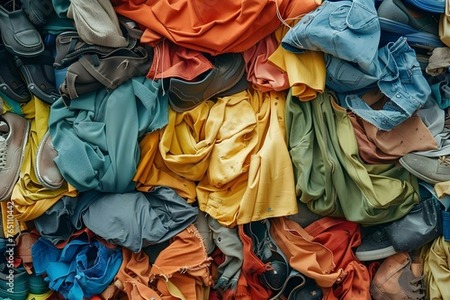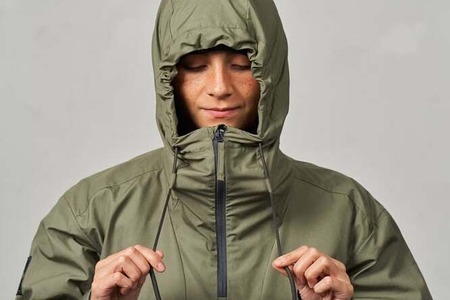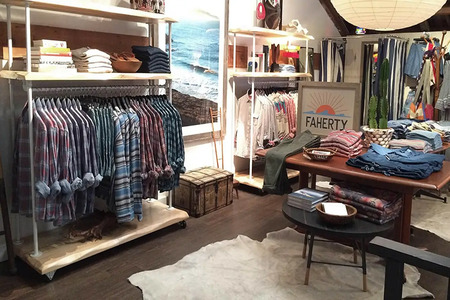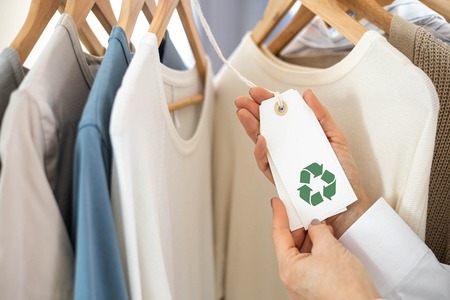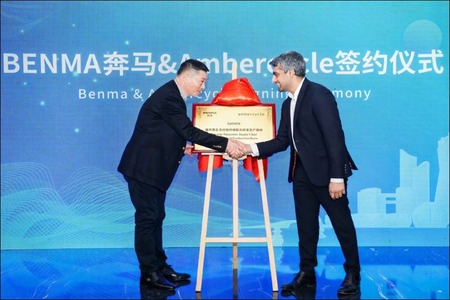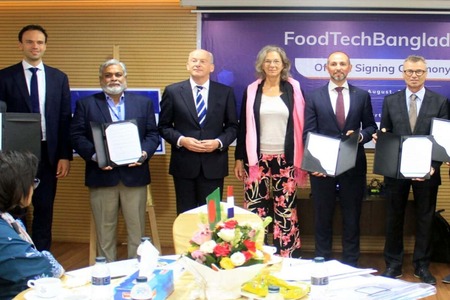
Adalberto Estampados installs SPGPrints' PIKE Digital Textile Printer
YarnsandFibers News Bureau 2017-06-30 11:00:00 –Adalberto Estampados, textile printer and supplier from Rebordões, Portugal, to offer new standards of quality and production efficiency to its international customer base has installed a PIKE digital textile printer from SPGPrints.
Installed in late 2016, the PIKE digital printer complements Adalberto Estampados’ four existing screen printers. Ideal for volumes of more than two million linear metres per year on substrates up to 1850mm wide, the PIKE uses single-pass technology with fixed-array piezo-electric print heads.
Using SPGPrints’ Archer technology, fine details and bright, saturated blotches can be produced with variable drop sizes ranging from 2 to 10pL. Archer technology also enables ink to be precisely fired on to substrates from a distance of 4mm, giving the PIKE unparalleled substrate versatility.
Among the benefits delivered by the company’s PIKE digital printer are reductions of lead-times by up to 50 per cent, reduced stockholding costs, faster time-to-market, and improved print quality, including the ability to print micro patterns, broadening the scope for new designs.
Mário Jorge Machado, CEO of Adalberto Estampados said that the two major trends affecting them are the growth of fast-fashion, and more challenging designs. “SPGPrints’ PIKE printer addresses both these challenges, and offers scope for future developments.
Fast-fashion has revolutionised every aspect of the fashion industry. With the demand for new designs to appear in stores several times a month, the pressures on textile printers are enormous, Mr. Machado said.
The whole business model has changed. Not only must there be fast printing and delivery, but run lengths are shorter. This means that job changeovers must be fast, and with minimal waste. Deliveries need to be on time, and stock-holding by suppliers and retailers reduced to a minimum, to save costs. Price sensitivity adds to the pressure.
The decline in run lengths that results from frequent design changes is another pressure. Printing digitally eliminates screen preparation time, as well as chemical and water waste. Job changeovers require only the digital files to be loaded, and, possibly, the substrate changed.
Another trend that is challenging textile printers is more complex designs. More colours and finer detail are increasingly requested by fashion brands, and the desired results are simply not possible with screen printing. High-performance digital printers, like the PIKE, can deliver the designers’ concepts.
At present, they are running the PIKE on a single-shift basis. Even at that level, it accounts for 25 percent of their production. That means a single shift with PIKE is as productive as three shifts with a rotary screen printer.
Printing digitally with PIKE reactive inks enables a much broader gamut of colour than is possible with 10 or 12 colour screen printers. Designers are also pleased that they can now print very fine lines, strong colour blotches, sharp geometric designs – and even the micro-floral patterns, which are currently growing in popularity.
Their customers become more interested in printing digitally when they hear that the company was able to print a 100,000m2 order in two weeks on the PIKE. That job previously took four weeks using rotary screen, Mr. Machado said. For brand-owners, this represents a significant jump in responsiveness. It means that their digitally-printed garments could be in the shops when, if screen printed, the textiles would just be headed for finishing. This is game-changing technology, addressing the quality, colour, volume and speed requirements of today’s retail industry.
Jos Notermans, commercial manager digital textiles, SPGPrints said that for companies like Adalberto Estampados, digitally producing high-volume, fast-turnaround textiles for big brands is a powerful competitive advantage. Using the SPGPrints PIKE to complement the work of its existing screen printers means textiles can be produced by the method best suited to the individual job, and deliver benefits of speed, quality and price to the customer.
Adalberto regularly print on knits and wovens of viscose, Lyocell, cotton, linen, and blends of these. The PIKE handles wovens from 60-70g/m2 and knits of 200-240g/m2.
Market Intelligence
Ask for free sample Report

experience
Customer Base
dedicated team
Countries Served Worldwide



